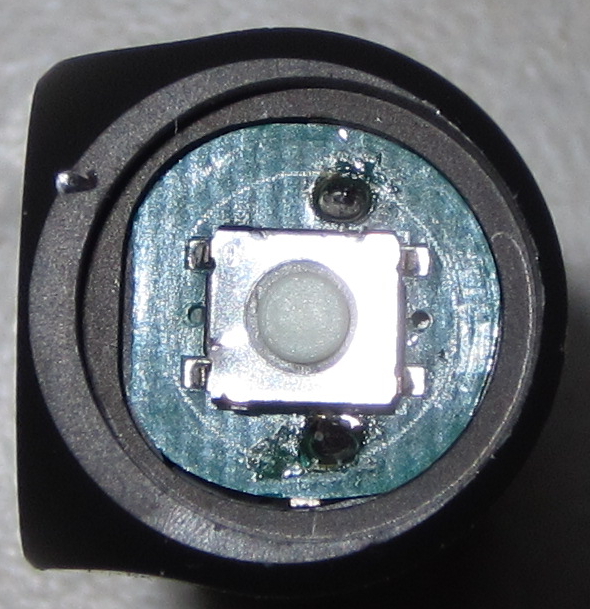Hi all,
I have a H501R (red emitter) which worked fine so far.
Suddenly it stopped working : did not light up at all. It has not fallen down, no shock, no water, nothing special.
So I cleaned the contacts, and put it a fully charged NiMH : worked again sometimes, but with an erratic behaviour.
Tried a fresh primary Alkaline : again erratic behaviour. Same with a fresh primary Lithium.
What I call "erratic behaviour" is:

I have a H501R (red emitter) which worked fine so far.
Suddenly it stopped working : did not light up at all. It has not fallen down, no shock, no water, nothing special.
So I cleaned the contacts, and put it a fully charged NiMH : worked again sometimes, but with an erratic behaviour.
Tried a fresh primary Alkaline : again erratic behaviour. Same with a fresh primary Lithium.
What I call "erratic behaviour" is:
- Sometimes after the battery change I see the very short and bright usual flash when tightening the tailcap, and then it works normally.
- On other battery changes the LED will turn on permanently but very faint. Any action on the switch (either short or long click) does not turn out the LED, I need to unscrew the tailcap to make it go off.
- Sometimes on battery change the LED glows dim for a fraction of a second, then turns off. One click will turn it on again for a few seconds (very dim) then out.
- Sometimes it will not turn on at all, I don't even see the initial brief flash.
- Do you confirm I have to de-solder the four legs of the switch (see picture below)?
- Where can I find such a switch (it is 5.8 x 6.3mm)? I assume AE and other Chinese vendors sell such switches, but how to find the correct one?


